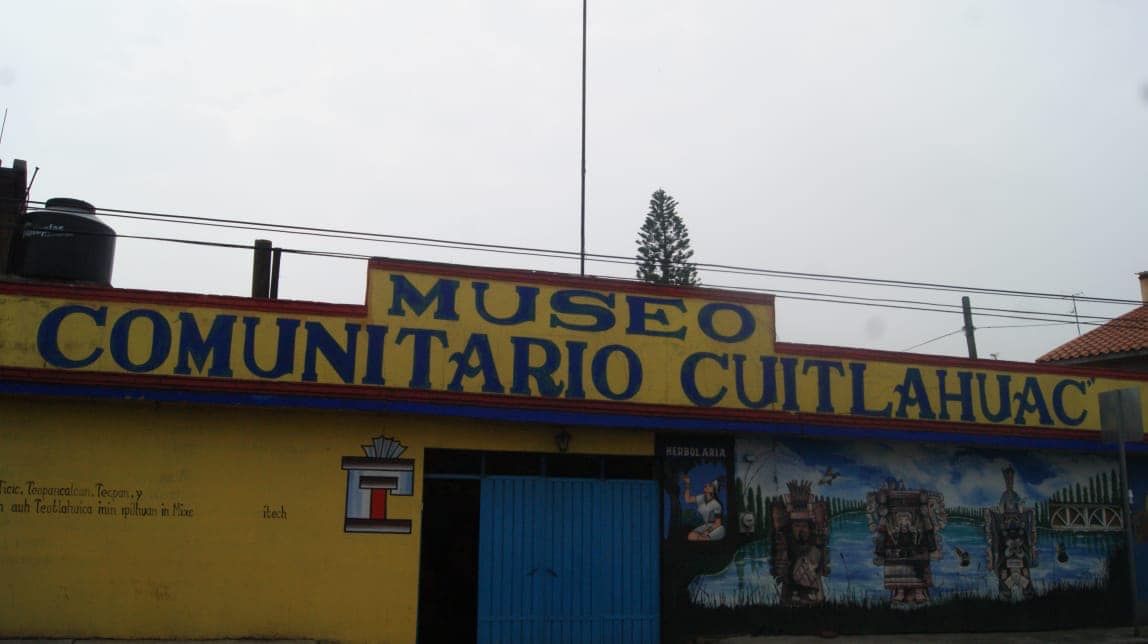
The Cuitlahuac Regional Community Museum opened only in 2002. It was named for Cuitlahuac, a Mexica tlatoani or ruler who died from smallpox during the war with the Spanish. The name derives from the place name “Tláhuac.”
The museum collection includes multiple pre-hispanic and colonial pieces. They range from archaeological finds, to pottery, weapons, items for daily life, and photographs. Together, they make up a record of many centuries of life in Tláhuac.
Exhibitions are divided into three sections:
The community managed museum holds some 500 cataloged artifacts. Among the most prominent are five ceremonial vessels. Figures represent Tláloc (god of rain), Xolonen (goddess of corn), Chicomecóatl and Tonacacíhuatl (female and male gods of sustenance). All of them were excavated nearby.
Their discovery within the San Pedro Tláhuac area led to further excavations. The community worked with some independent researchers and the INAH to guard and preserve these priceless aspects of Tláhuac history and culture. Visits are often combined with a trip to other area museums, among them the Tláhuac Regional Museum and the Tomas Medina Villarruel Museum in San Juan Ixtayopan.
 jgomuseocuitlahuac@gmail.com
jgomuseocuitlahuac@gmail.com
 (55) 5842 5355, Cel. (55) 7381 8564
(55) 5842 5355, Cel. (55) 7381 8564
 https://www.facebook.com/museocuitlahuac/
https://www.facebook.com/museocuitlahuac/
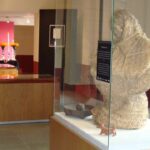
0.10 kms.
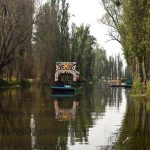
0.29 kms.
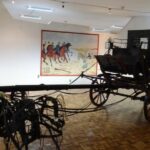
A chance to see the old riding school on the grounds of the magificent Colegio Militar in Colonia Popotla.
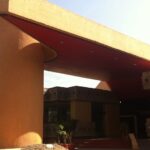
One of the newest and deepest of ancient museums, the Museum of the New Fire is not to be missed.

Tacubaya's tribute to the long history of the neighborhood, and the once wealthy landowners who lived there.

A museum with a line-up of charming mid-century trams & trolleys and full documentation from a by-gone era.
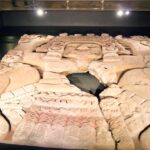
One of the most important sites in the city, even today, don't miss the chance to visit the Templo Mayor.